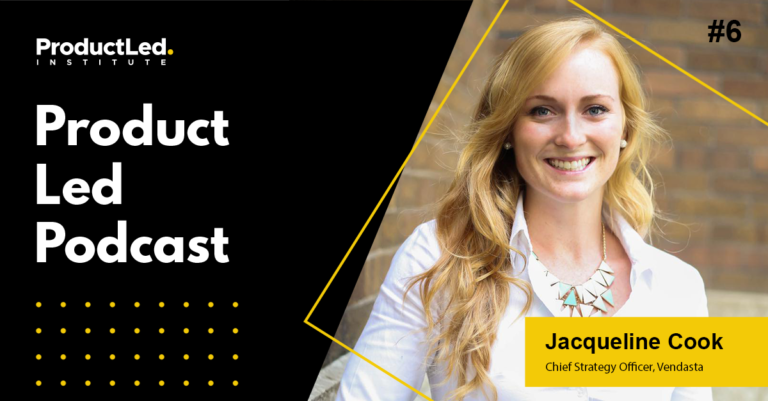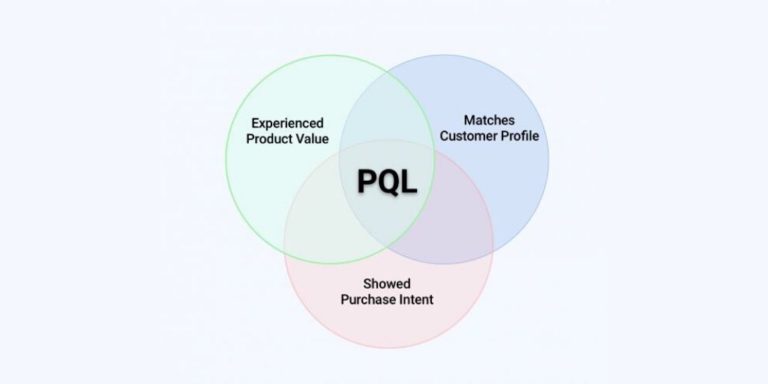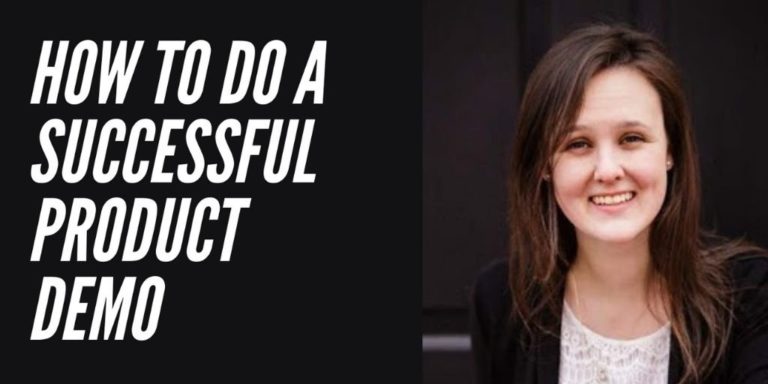You’ve created a stellar product, proved market fit, and garnered the attention and support of investors. But at a certain stage of growth, hacking your way forward simply doesn’t cut it.
Whether startup or enterprise, you need to reliably and continually increase SaaS product adoption. A Behavioral Science approach can help.
In this post, you’ll learn:
- How people really make decisions: Behavioral Science 101
- How FinTech Startups can improve ads to increase SaaS product adoption
- How B2B Enterprise can understand audience mindset to boost engagement
Let’s get started.
How people really make decisions: Behavioral Science 101
Behavioral Science (also known as Behavioral Economics) is the study of how humans really make decisions. We emphasize the word really because research has shown that people don’t always make decisions based on logic. Instead of systematically and thoroughly weighing the pros and cons, our brains use cognitive biases and take mental shortcuts.
Ongoing research in Behavioral Science shows that our decisions are heavily influenced by everything from our physical (or digital) environment to our emotions and social factors.
More than 300 research-backed principles and cognitive biases can be applied to your marketing and product growth efforts, influencing everything from browsing and signing up to engaging.
The Behavioral Science principles we’ll cover today are:
- Narrative Bias: the fact that we’ve evolved to understand the world through stories.
- Social Proof: the tendency we humans have of looking to see what others do when making a similar decision.
- Relativity: how to help people make decisions faster through comparisons.
Behavioral Science concepts are not magic bullets on their own. Beyond the basic “just-do’s,” you’ll need to do some experiments to understand which principle will resonate most with your unique audience. In this article, we’ll share real-world examples of businesses that have applied select Behavioral Science principles.
You’ll learn what goes into each principle and how you can apply them to your own product marketing.
How FinTech Startups can improve ads to increase SaaS product adoption
We recently worked with a fintech startup in the Earned Wage Access (EWA) space. They wanted to optimize their top-of-funnel ads on social media to encourage more users to sign up.
Below you’ll see the two behavioral principles we applied to their ads and how you can use them to increase SaaS product adoption.
#1. Narrative Bias: it’s easier to digest complex information with stories, not stats
Narrative Bias shows us that if we take the important facts and figures to present them in a way that looks like a story, people find it much easier to consume them.
That’s because historically, humans have learned from each other verbally. Using data and statistics to sell a product is a relatively recent concept. Our brains prefer the easier route.
How You Can Use Narrative Bias: Attach a character to your marketing. Show your user how this character or persona is consuming this product and how it’s making their lives easier.
#2. Social Proof: looking to others for guidance
If you’re making a decision in unfamiliar territory and don’t have strong preferences, we as humans look for guidance from others. Social proof is the tendency to look at people around us to see what decisions they are making before making our own.
How you can use social proof. There are three kinds of social proof you can use:
- Peer social proof: You look to people like you and see what decisions they are making. Show what people “just like you” are doing.
- Expert social proof: Looking to people you admire. Sports companies are very good at this by including famous sports figures in their advertising.
- Numbers social proof: i.e., “9 out of 10 doctors prefer this product” or “1,000 who have reviewed our app can’t be wrong.”
Now, let’s look at how we combined the two principles above with the FinTech startup’s social ads.
Before: Showing app feature
After: Combined Social Proof + Narrative Bias
Results: They saw a 90% increase in installs and increased their click-through rate performance by 40%.
We saw that combining Narrative Bias and Expert Social Proof, two powerful behavioral science interventions that have proven to work with this particular audience, and yielded measurable results. You might be more familiar with Behavioral Science in the B2C world; what would a Behavioral Science approach look like for enterprise? Take a look at our next intervention to find out.
How B2B Enterprise can understand audience mindset to boost engagement
A B2B innovation consultancy firm faced a similar challenge to product adoption. However, this time it was with an Enterprise audience.
To decide on which Behavioral Science principles to apply, we completed a Behavioral Science Assessment. This meant we dissected their marketing channels: website, sales presentations, social, etc.
One thing became clear: the company was focused on showing everything the users could gain if they brought these solutions into their company.
But when we spoke to their audience via our qualitative research, we quickly learned their Enterprise audience felt a lot of risks comes with bringing these innovative products and solutions to the market.
Understand how your customers think about your product.
We wanted to understand their customers’ mindset, so we ran a series of experiments testing two typical ways people have of thinking about the world: “Loss Frame vs. Gain Frame.” Are people more motivated by what they have to gain (Gain Frame,) or are they more focused on what they have to lose (Loss frame)?
Take a look at the two different marketing messages we tested to see which framework they use:
- Loss Frame: How to prevent the negative. What does your product protect me from?
- Gain Frame: How to achieve more. What does your product allow me to do?
In the quantitative testing, we saw that the gain frame did not motivate these customers. Because they were more attuned to the inherent disruption of innovation, the loss frame was more salient for this audience.

Relative Choices: using comparisons to help users make decisions
As humans, we have a hard time making decisions in a vacuum. When we go car shopping, shoe shopping, etc., we always compare products and solutions before making a final decision.
We tested the impact of relative choices in a series of ads. Users compared and contrasted this company against other consulting firms. Relativity helped make clear how this company did far more. Unlike the competitors that delivered ideas in a PowerPoint and walked away, this consultancy firm delivered actual outcomes.
How you can use Relative choices. Create a side-by-side comparison so your users can quickly see where your product surpasses the status quo.
We used the results to update the language and creative assets on their website’s landing page and throughout their marketing collateral.
Results: Once we applied these two principles into their ads, in three months, they generated:
- 117 quality leads (161 total leads)
- Leads per Channel & quality
- LinkedIn Prospecting: 149 leads; 75% high quality
- LinkedIn Retargeting: 7; 50% high quality
- Paid Search: 5; 30% high quality
It’s not enough to have a superior product. You need to also understand how your customers are thinking and feeling about your product.
When it comes to making decisions, we’re all influenced by our digital environment as well as our emotions and social factors. Understanding which cognitive biases are at play can help you remove friction from the decision-making process and make it easier for your customers to act.
Experiment to understand your customers’ mindset – do they approach the world with a gain framework or a loss framework? By applying basic Behavioral Science best practices, from narrative bias to the appropriate level of social proof at the top of the funnel, you can increase SaaS product adoption.









